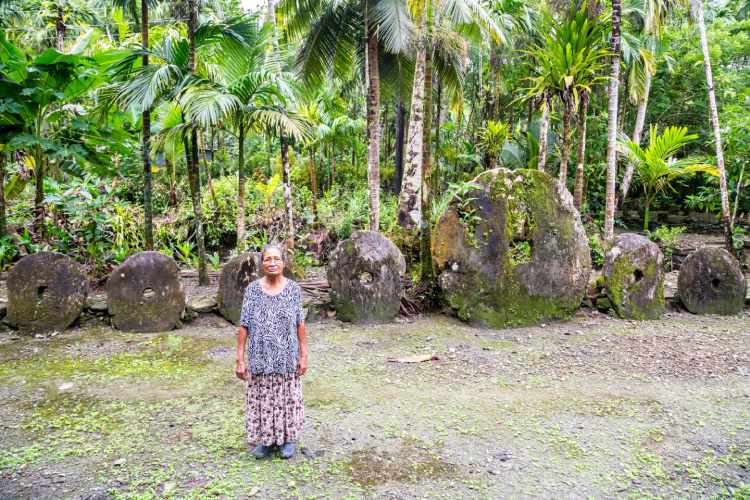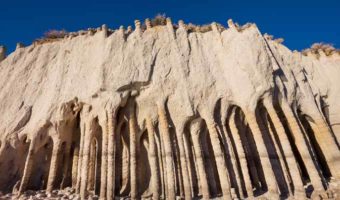The Tiny Island that Uses Giant Stones as Currency
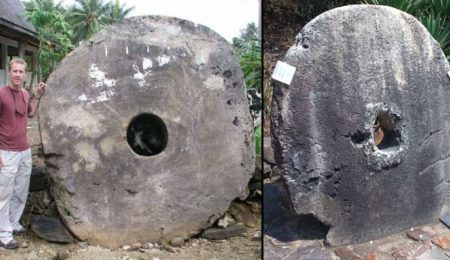
Although the residents of Yap Island now use the US dollar as their official currency, there was a time when the transactions on the island were carried out using massive coins made of stone. In fact, the giant stone coins, called “rai,” are still used as trading currency. While various economic factors determine the value of modern currencies, a shared belief system determines the value of rai coins passed through generations! What is the story of these human-sized coins, and how are they used for transactions? Let’s find out.
The traditional Yap currency coins, “rai,” come in various sizes
As the early rai coins were shaped like whales, the limestone discs were given the name “rai,†which translates to “whale” in the native language.
A typical coin is carved out of limestone into a flat disk with a diameter ranging from seven centimeters to 3.6 meters, with the larger ones weighing up to 5,000 kilograms. The heavy coins were transported back to Yap from Palau by carving a hole through the center. To move the coin, a strong pole was passed through this hole, which was then lifted and carried by men.
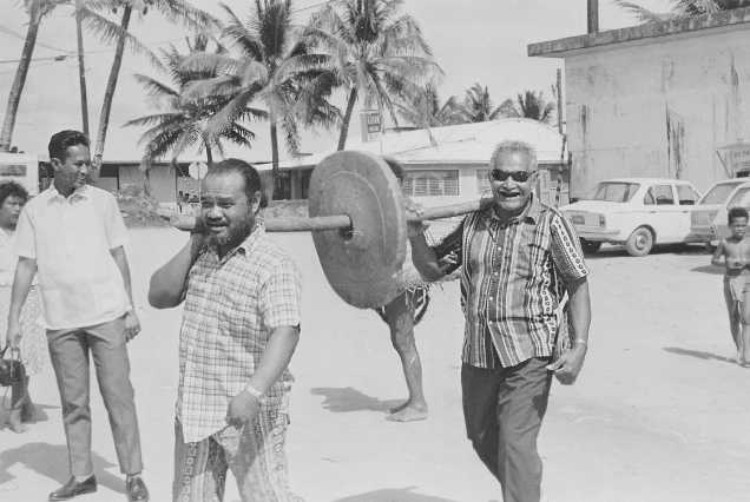
As there’s no asset, like gold and silver, to back this currency, the value of coins is fluid in this system. While size and ornamentation help determine the value to an extent, their true worth lies in their history passed on through generations of oral tradition.
Who owned the coin, what it was used for, how difficult it was to quarry the limestone, and how many lives were lost in obtaining the rock are also key factors in determining a coin’s value.
Although the origin of this currency is unknown, archaeologists have discovered flat stones up to 2,000 years old on the island. Though rai stones were replaced by modern currency at the beginning of the 20th century, they are still a medium of exchange for special transactions. These transactions are generally social or customary in nature, like paying off dowry or signing a political deal.
Rai stones were quarried in neighboring islands and brought to Yap on boats
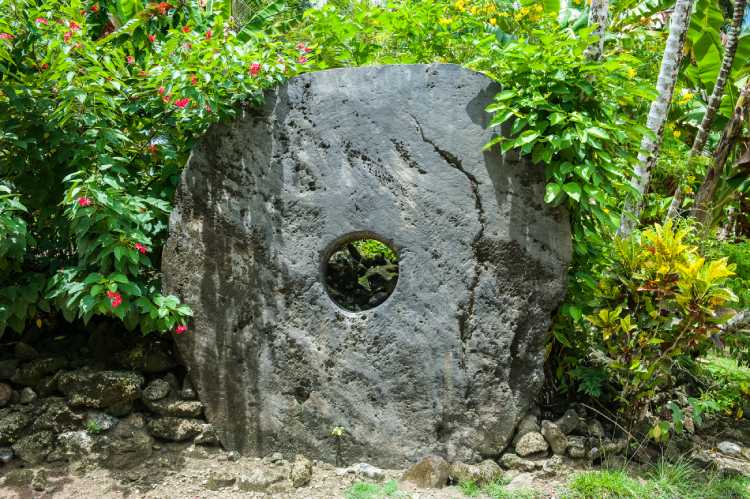
Yap Island is one of the 2,100 islands that make up the independent states of Micronesia. As the island lacked precious metals and durable rocks, Yapese explorers searched neighboring islands to mine elements and discovered limestones.
They started quarrying limestones largely from Palau, an island 400 kilometers to the southwest. As limestone was a rarity for the Yapese, it became valuable to them. Village chiefs would commission men to Palau in bamboo rafts and boats to work in quarries and bring back limestone discs. Initially, the coins were small but got larger with advancements in tools and techniques.
Once the coins arrived in Yap, the chiefs would give them value based on the previously used pearl shell currency. These coins would then enter circulation after the chiefs kept the larger ones and two-fifths of the smaller ones for themselves.
The huge rai coins are openly kept in public
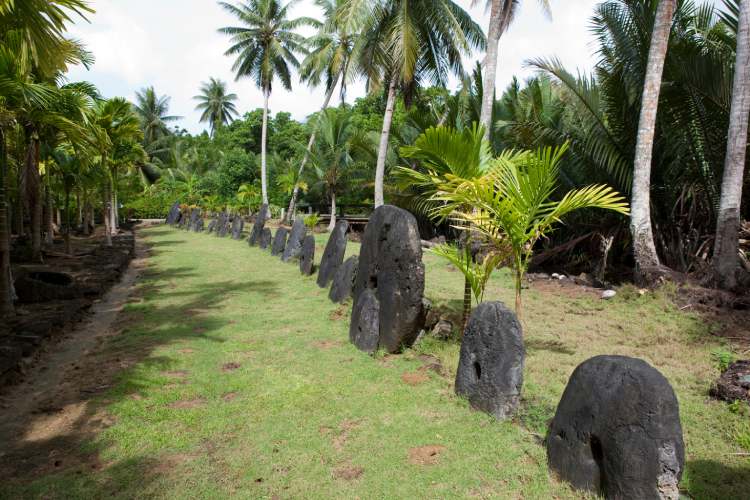
As moving the big coins with every transaction is inconvenient, the ownership is transferred through word-of-mouth. Every person in each village knows which rock belongs to whom. As possession does not translate to ownership, theft of massive rai coins is virtually non-existent.
So, the gigantic rai coins lay scattered in public places all over the island. In fact, each village has a dedicated space to display giant coins that are too heavy to move.
A local folklore aptly explains this transaction system of the giant stone coins. According to the folklore, a canoe transporting a giant rai coin was caught in a storm. The coin dropped and sank to the sea floor, but the sailors managed to make it back to the island. They narrated the incident to the islanders. It was decided that the lost rai coin would be accounted for as location or possession did not matter. Interestingly, that sunken rai coin continues to be in circulation even today.














